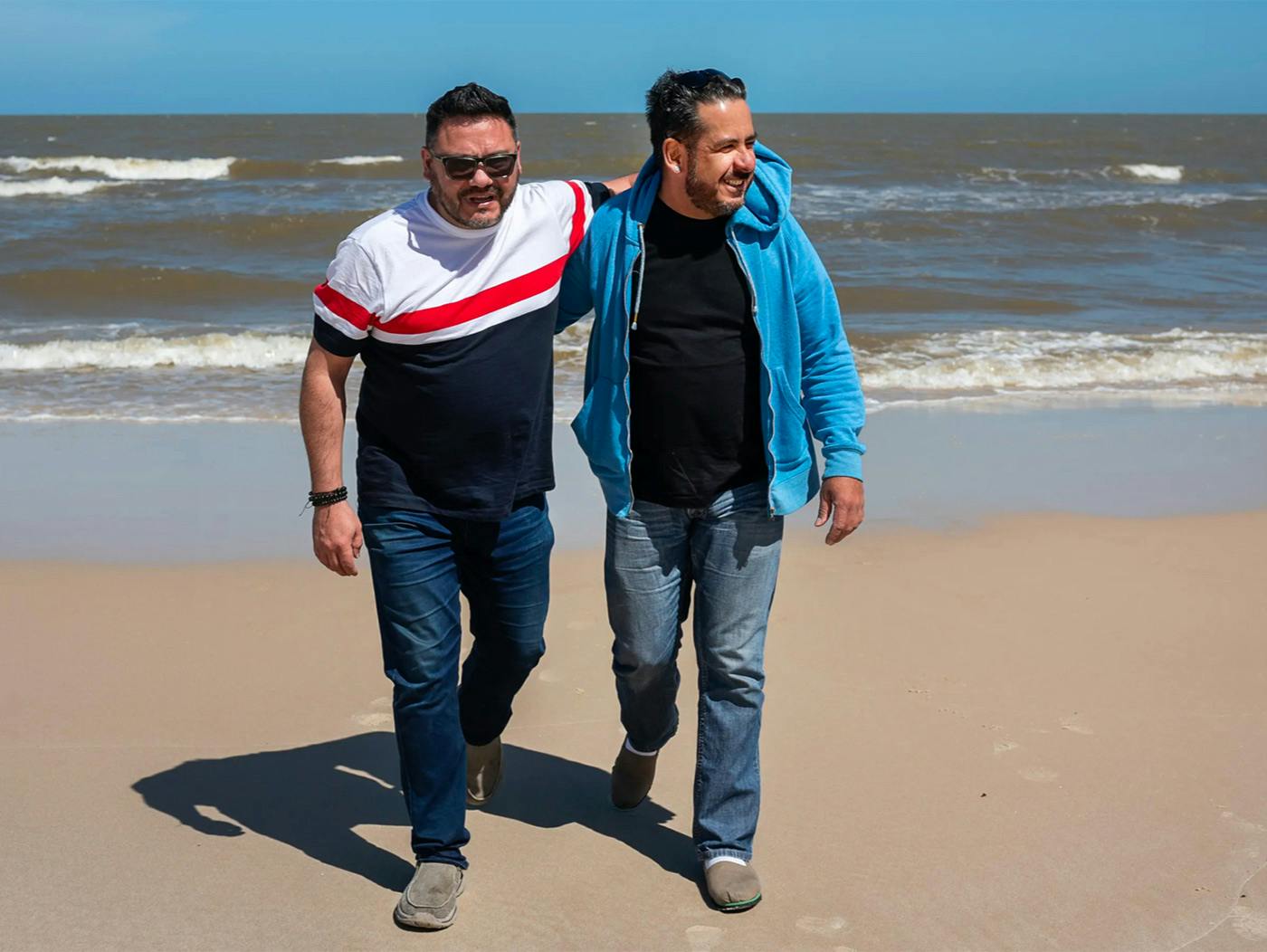WELCOME TO BRANFORD: THE WORLD’S ONLY HIV-DEDICATED RESEARCH FACILITY
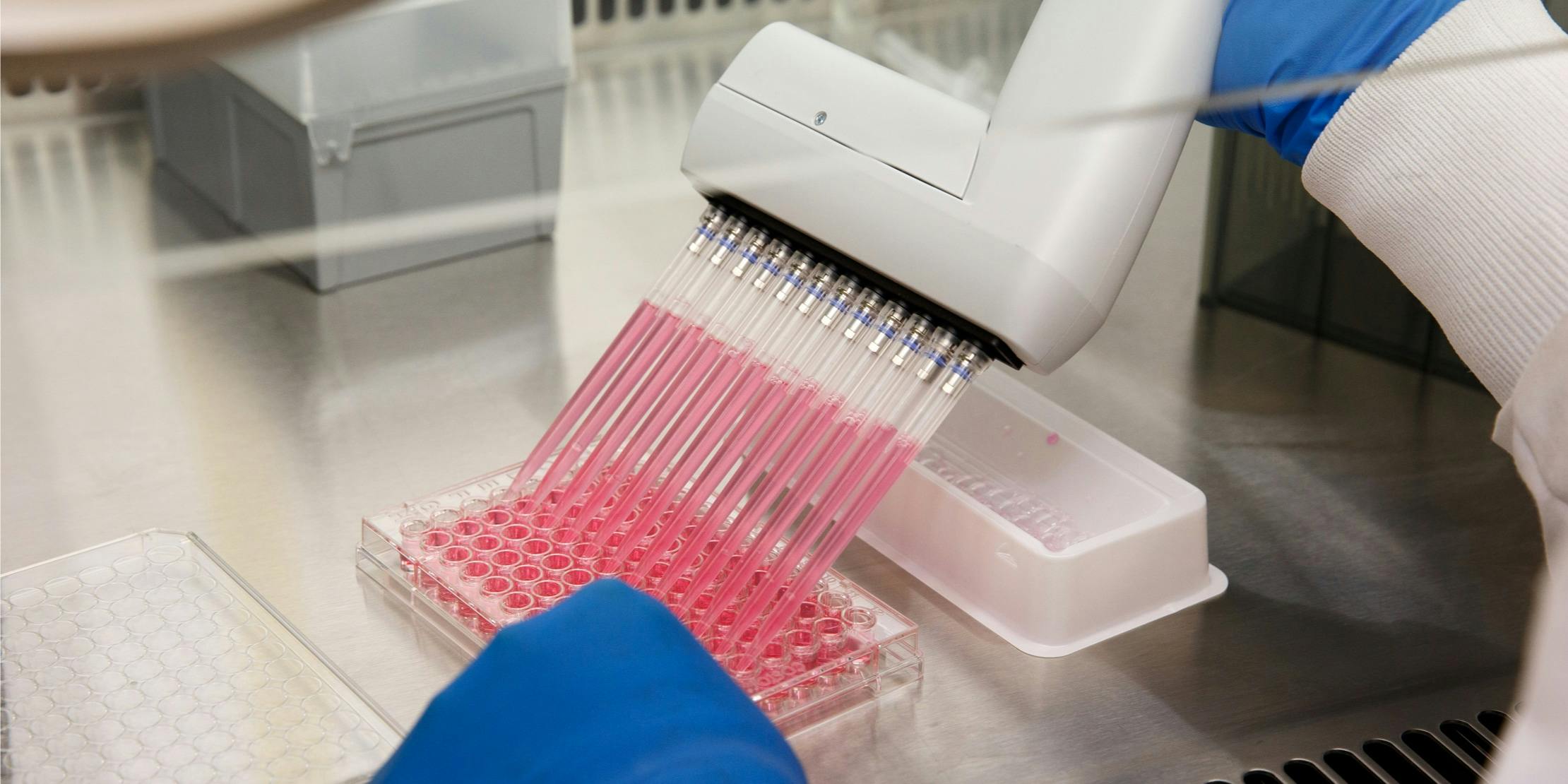
HIV is evolving, and so are we
Since the discovery of AZT in the 1980s, the global HIV scientific community has had its eyes firmly set on developing medicines that can keep the virus suppressed. Remarkable progress has led us to a stage where people living with HIV generally are able to manage it as a chronic condition and can expect to live longer, healthier lives.
For people living with HIV, living a longer life can bring on new medical challenges. For instance, many people living with HIV experience issues with co-morbidities, such as heart disease or diabetes, which require regular medication.1 That’s why we are continuing to advance the science of HIV to deliver new medicines that don’t interact with treatments for other conditions and have as few side effects as possible when taken over the long term.
Developing medicines with a good safety and efficacy profile for long-term management of HIV is vitally important to ensuring people living with HIV can remain virally suppressed and healthy. Our scientists face several challenges when discovering, designing and bringing new HIV medicines to clinical development, including:
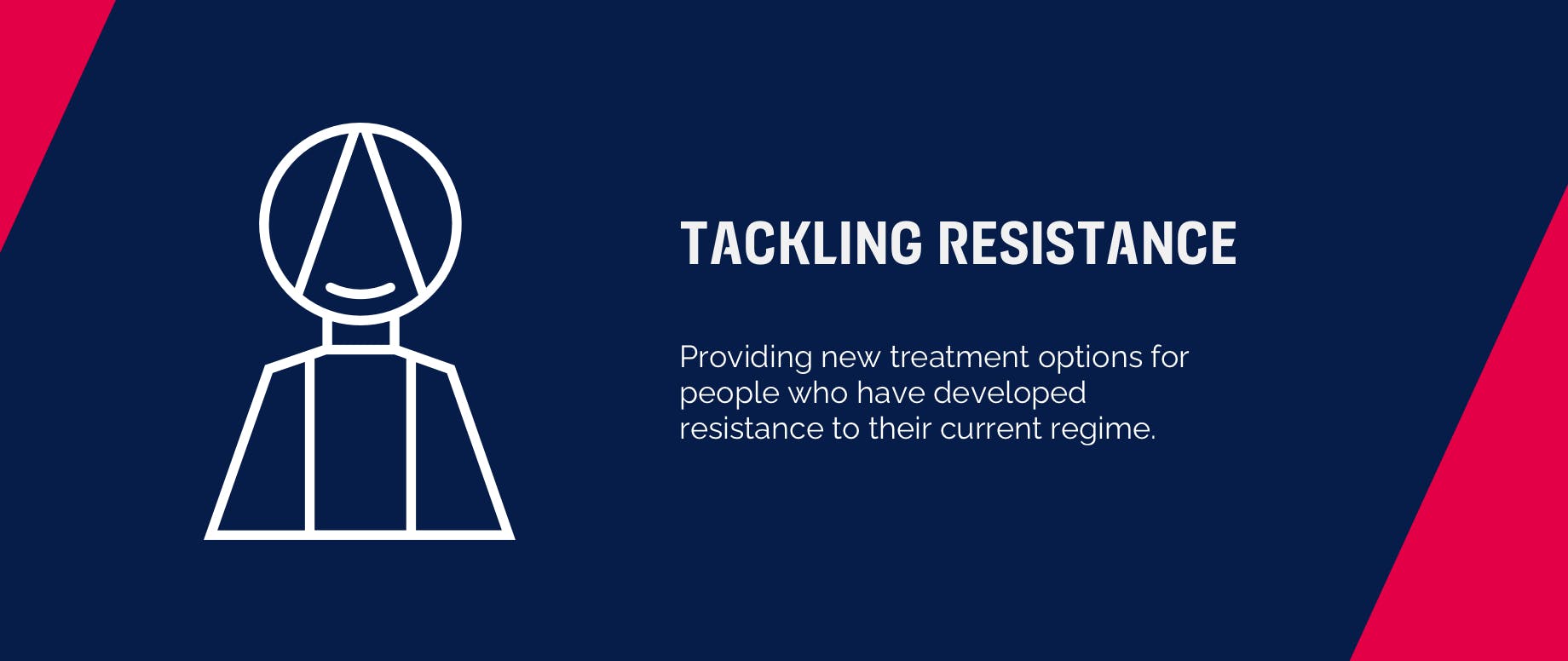
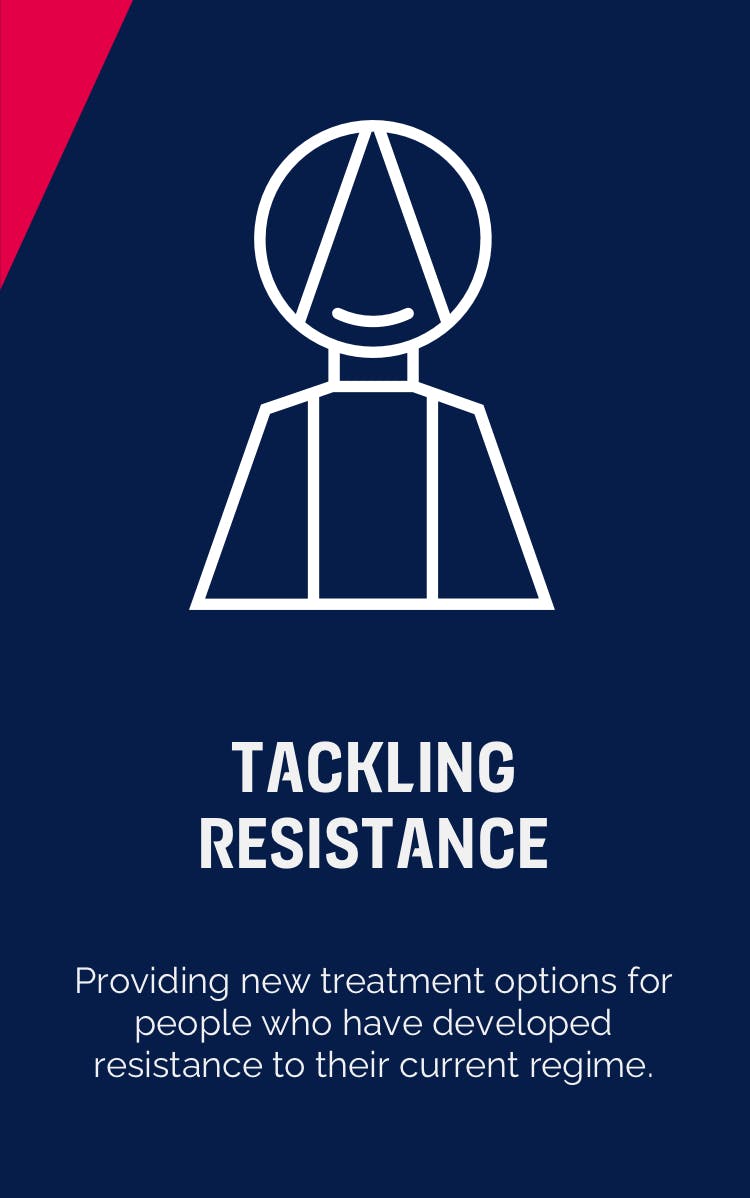
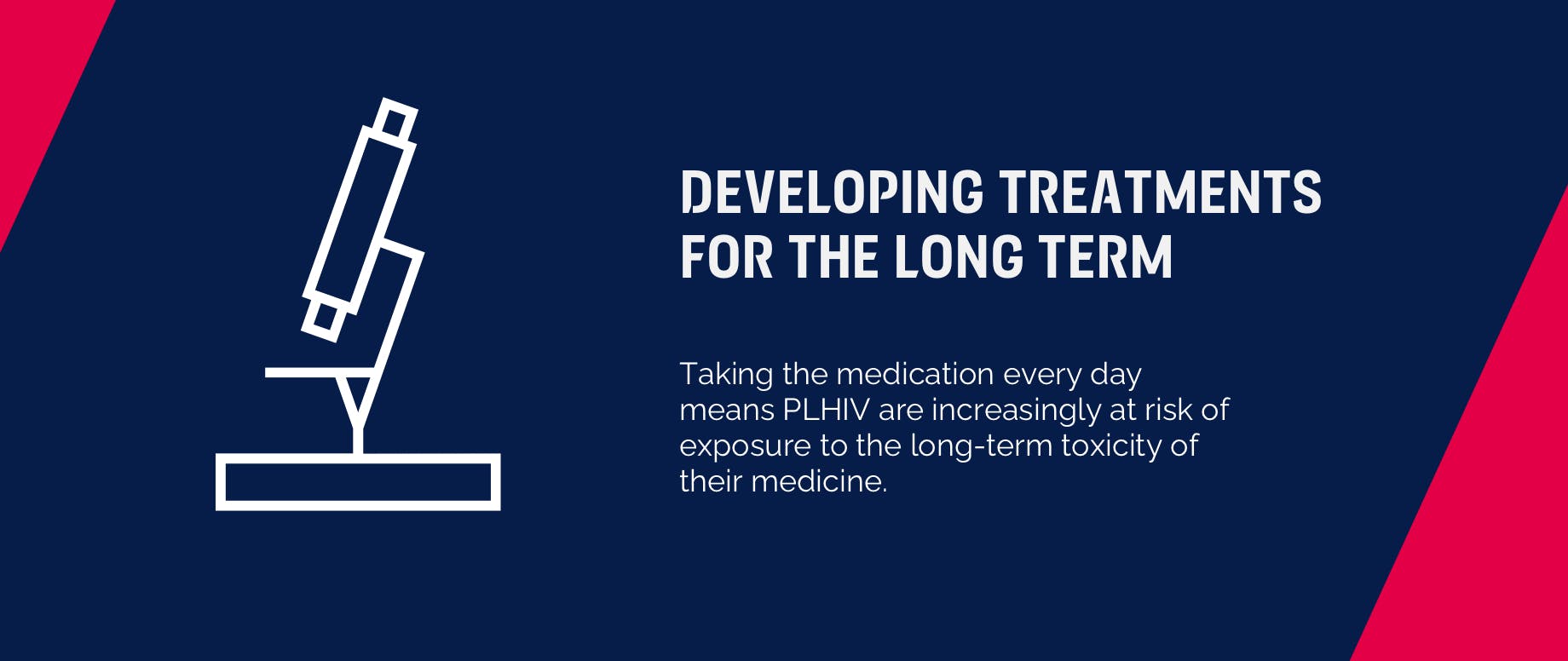
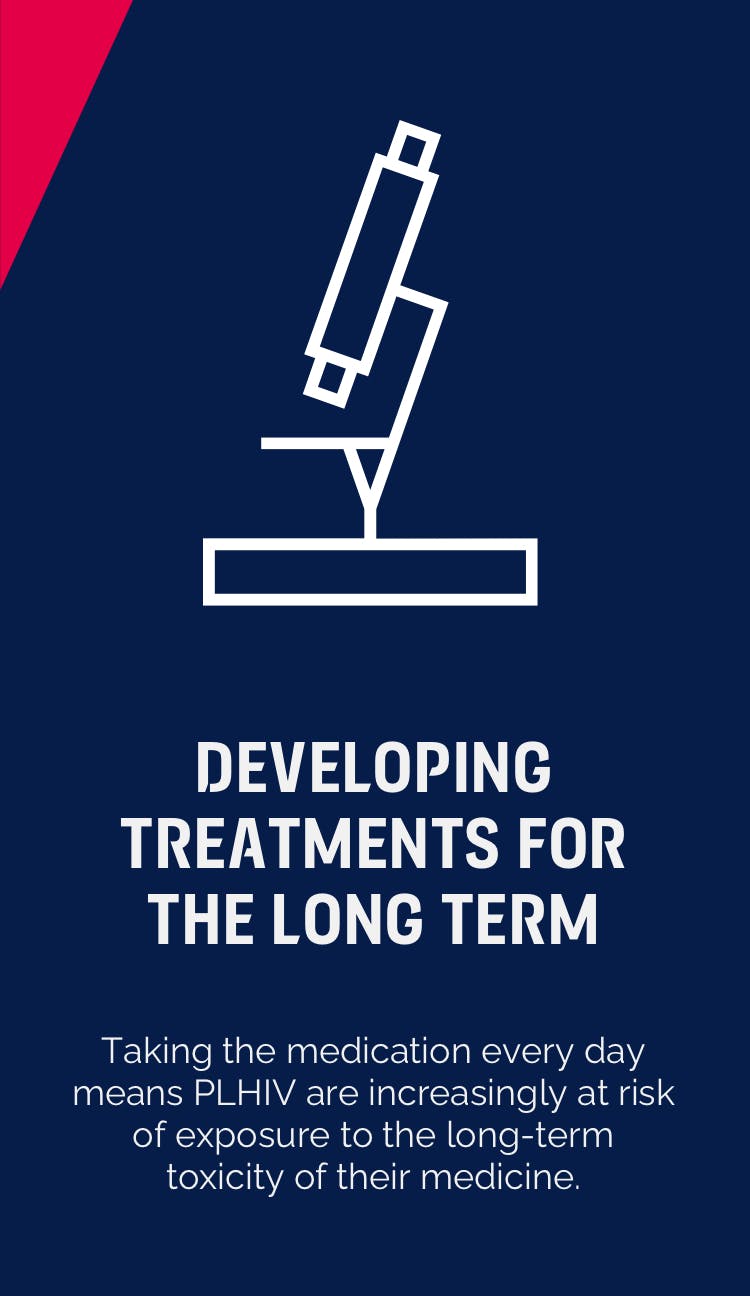
The Branford research facility: the only HIV-dedicated research center
Collaboration is the key to finding the solutions to these challenges – and it’s at the heart of what we do at our HIV research facility in Branford, Connecticut, USA.
Opened in late 2017, the site hosts more than 30 specialist scientists working across the spectrum of medical development, from early-stage discovery through development research. They are responsible for discovering and developing innovative treatments to help people living with HIV.
Having these experts working together in the same laboratory facility enables us to be efficient and learn from each other in real time. This means that we can begin the clinical development process much earlier. Importantly, the learnings from clinical trials are immediately fed back to the discovery program, enabling development of future molecules.
What makes Branford different?
Mark Cockett, our Head of Discovery, explains exactly why Branford is so unique:
Hear from Mark Cockett as he discusses the work at the Branford facility
Being the only HIV-focused research and development facility means that the entire site is dedicated to one purpose: “HIV is a virus that affects millions of people worldwide, and ViiV is one of the only companies dedicated to developing new medicines for people living with HIV,” says Dr. Samit Joshi, PPLA Physician, Product Lead in Clinical Development at ViiV Healthcare.
Unlike other research sites, both the discovery and development phases of our clinical research are in Branford. This means decisions can be made quickly, thanks to more efficient communications.
“One of the strengths of our site here in Branford is that we sit side-by-side with early development. Anything that goes on in discovery they know about, anything that goes on in early development we know about, we collaborate in early development,” says Mark Krystal, Senior Director, Head of the Biology Group at ViiV Healthcare
Hear from Mark Krystal as he discusses the work at the Branford facility
Leaving no patient behind
The patient is at the forefront of everything we do. “ViiV is very much focused on patients, focused on every aspect of a patient's life and how we might improve that with the drugs and products that we produce,” says Mark Cockett.
No two patients are the same. While one might be very happy on the drugs they are on, another may struggle to take their medication regularly, or develop a form of resistance, or even suffer side effects. Developing drugs that solve these issues for the patient is what drives the Branford facility, and every day we get a little closer.
“We've got several things in the pipeline that we're working on. It just means eventually we'll have more options for patients who are living with HIV, which is really what brings me to work every day,” says Michelle DeGrosky, Clinical Development, ViiV Healthcare.
References:
- Pei-Ying W, Mao-Yuan C, Szu-Min H, et al. Comorbidities among the HIV-Infected Patients Aged 40Years or Older in Taiwan. PLOS One. 2014;9(8):18.
RELATED TOPICS
Since the advent of highly active antiretroviral therapy HIV has become a long-term health condition, as many people living with HIV with access to treatment are now living longer, healthier lives than before. However, Positive Perspectives study results indicate that many people living with HIV still aspire to treatments that have even less impact on quality of life.
Find out more about the importance of including more women in HIV clinical trials
Through collaboration, we are advancing our efforts to discover a cure for the millions of people living with HIV.
